Put on a blindfold and walk into a store with a ton of options piled on the shelves. That would be similar to launching into digital marketing blindly! Retailers now have to succeed in a world where clicks and swipes rule supremely, hence learning digital marketing is no longer a luxury. It’s easy to traverse this terrain with Plerdy’s tools and insights. Ten key advice designed for retail success are provided in this post, which simplifies digital marketing. Let us reveal these tactics to make sure your physical store isn’t just another dot in the digital space!
Understanding Your Audience
Ever try predicting, at a party, what type of ice cream everyone likes? Like marketing without knowing your audience, it’s a hit or miss endeavor. In digital marketing, understanding your audience is the game itself, not simply a component of it.
Identifying Your Target Market
First, doodle a thorough picture of your perfect consumer. Age, location, income, and interests are not only statistics; they are the hues you use to paint your ideal customer. Using tools like Google Analytics, you may more easily customize your marketing campaigns by learning who visits your website and how they behave. Google Analytics facilitates by offering interest and demographic information, which helps to clarify your audience.
Analyzing Customer Behavior
Knowledge of consumer behavior transcends demographics. Find out what their wants and preferences are. They visit what pages on your website the most? Which items are they admiring but not purchasing? Tracking these exchanges with tools like Plerdy provides priceless insights. Creating material that appeals to your audience and optimizing your marketing efforts are much easier with this information.
Knowing your audience is comparable to having a guide in the large field of digital marketing. It directs your tactics to be focused, pertinent, and successful. The winner in the online business is the one that understands their customers the best.
Leveraging Social Media
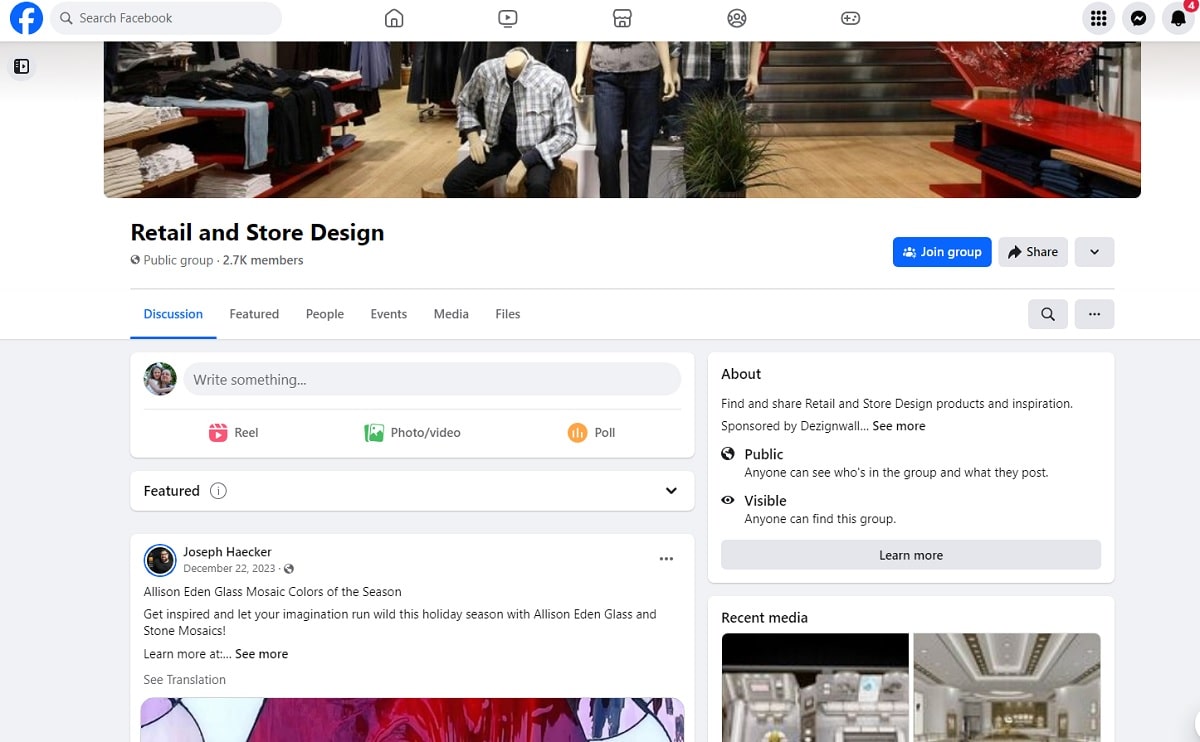
Social media is a retailer’s gold mine for reasons beyond selfies and viral videos. Consider it as a crowded market square where each booth offers an opportunity to present your company. When done right, you can turn casual visitors into loyal customers.
Selected Platforms
In the retail sector in particular, not all social media platforms are created equal. Products look great on Instagram, and Facebook’s huge user base provides wide reach. But Twitter works well for customer care and real-time interaction. Selecting the appropriate platform is critical since, according to a Sprout Social study, 74% of customers use social media to research products before making a purchase.
Content Creation
Content is everything once your platforms are selected. For excellent product photos, use Instagram; for in-depth articles and customer stories, use Facebook; and for fast updates and consumer contact, use Twitter. More people connect with material that tells a story. Interact with material produced by others to foster trust and community.
Finally, using social media in digital marketing is about being present, but it’s also about being present correctly. Make sure your content fits every platform and engage with your audience on a real level. Among your top digital marketing instruments might be social networking.
Email Marketing Strategies
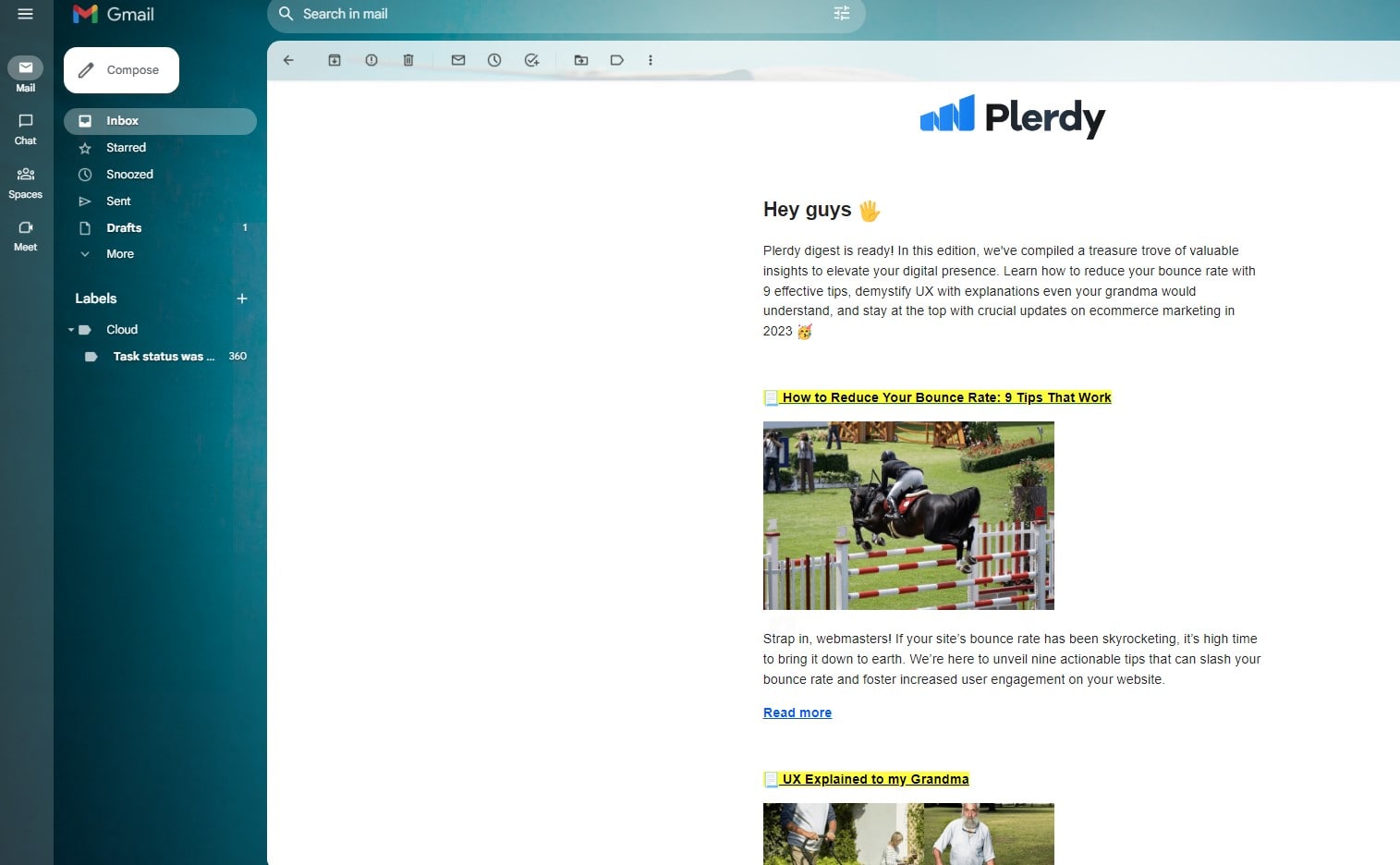
Consider your digital marketing recipe’s secret sauce to be email marketing. Sending emails is only one aspect of it; another is building relationships with your clients directly. An email written well may be interesting and fulfilling, much like a nice chat over coffee.
Writing persuasive emails
An email that works is one that is relevant and appealing. Given that this is your first impression, start with a subject line that grabs attention. The material should be interesting to the receiver, brief, and worthwhile. Beyond simply using the customer’s name, personalization entails audience segmentation and content and offer targeting. Campaign Monitor reports that emails with personalized subject lines opened at a rate of 26% higher.
Sorting and Customization
Segmentation separates your email list into discrete groups according to demographics, purchasing patterns, or preferences. Email campaigns are therefore now able to be more successful and concentrated. Personalization, then, is creating messages that speak to every group. Better segmentation is made possible by the information that Plerdy and other tools may offer about user behavior.
Email marketing is a calculated tool for fostering relationships, not just a means of launching promotions. Creating interesting, customized material and dividing your readership can make your emails a potent force for sales and interaction.
SEO for Retail Websites
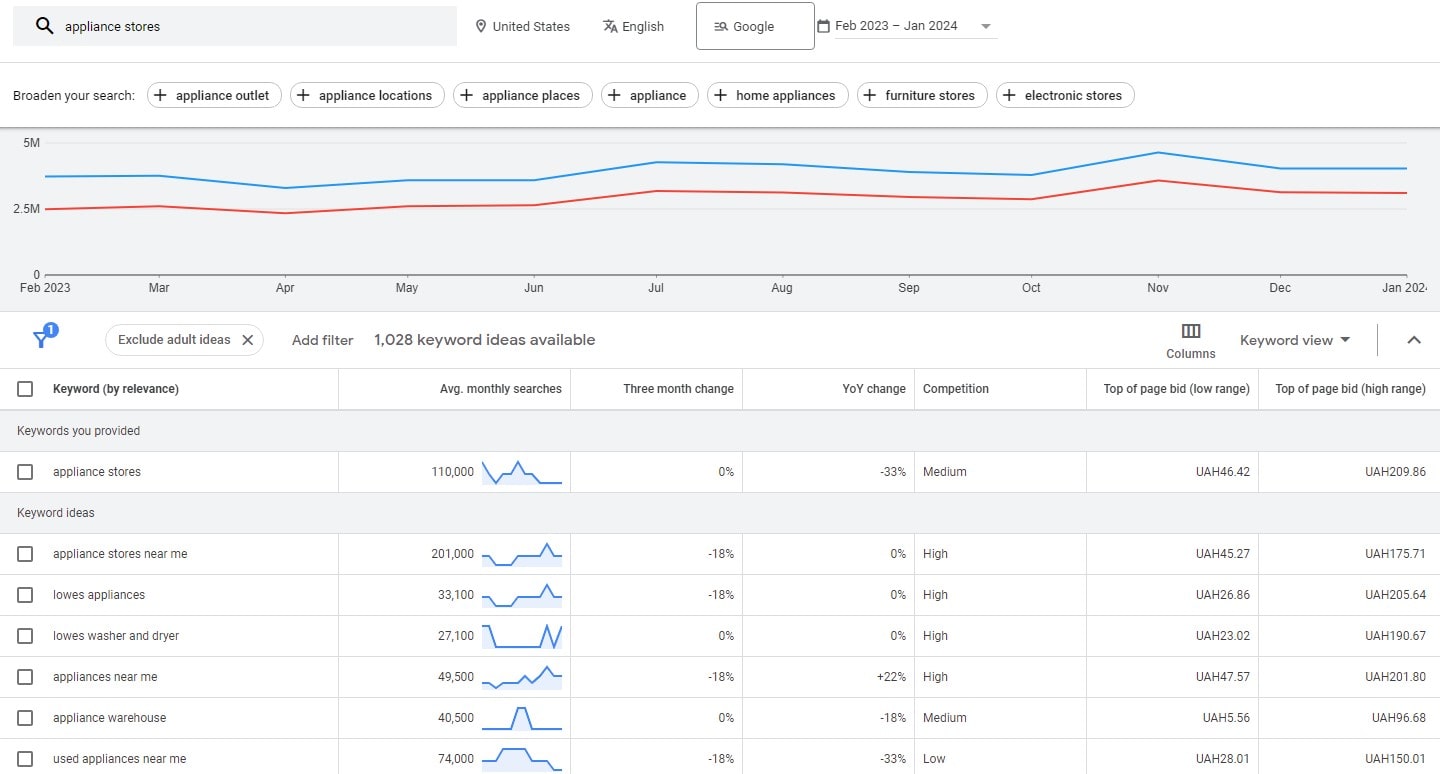
Consider your retail website to be a gem, and search engine optimization to be the road map leading them there. SEO makes sure your website is found in the vast internet ocean. When a customer starts their online shopping adventure, you want to be there and easily accessible.
Maximizing Keywords
The initial stage in successful SEO is choosing the right keywords. Consider yourself your target market: what keywords would they look up your products with? This treasure quest can be helped by programs like Google’s Keyword Planner. Put these terms into the website’s content, meta descriptions, and titles. Relevance is everything; Moz says cramming your content with meaningless keywords can backfire.
Uses of Local SEO
Retail stores need local search engine optimization. It’s about making sure locals can locate you quickly online. Invite pleased clients to write evaluations; good reviews increase visibility in local searches. This covers adding local terms to your website, listing in local directories, and enhancing your Google My Business account.
Ensuring the correct people find you at the appropriate moment is just as important to SEO for your retail website as moving up the search engine rankings. Concentrating on local SEO strategies and keyword optimization can help you successfully direct prospective clients to your online door.
Digital Marketing in Retail Through Online Advertising

In today’s digital world, online advertising is like using a strong megaphone. It’s important to make sure the right people see your message, not just to make it louder. In the crowded online retail sector, well-targeted advertisements might be the difference between your business and the others.
Starting Successful Retail Online Advertising Campaigns
In the realm of digital marketing, starting with a thorough understanding of your target demographic and objectives is essential to launching a successful online advertising campaign. This might be accomplished with focused social media ads or pay-per-click (PPC) campaigns on search engines. Make sure your message speaks to the people you want to reach. For exact audience targeting, use Facebook’s Ad Manager and Google Ads. A key component of digital retail marketing, click-through rates are greatly increased by tailored and personalized adverts, according to HubSpot.
In Digital Advertising, Analytics and Optimization
For retail in particular, online advertising has the benefit of being measurable. Using analytics, track the success of your campaign. Determine whether the right demographic is being reached, conversions are being made, and traffic is being drawn in. Use this information to regularly evaluate and adapt your tactics. A/B testing several ad types and messages can reveal important information about the best strategies.
In retail digital marketing, online advertising blends science and art. It needs a well defined objective, ongoing development, and in-depth understanding of the audience. Creating successful campaigns and ongoingly reviewing their performance guarantees that your internet ads are viewed and appeal to the intended audience.
Digital Marketing through Content in Retail
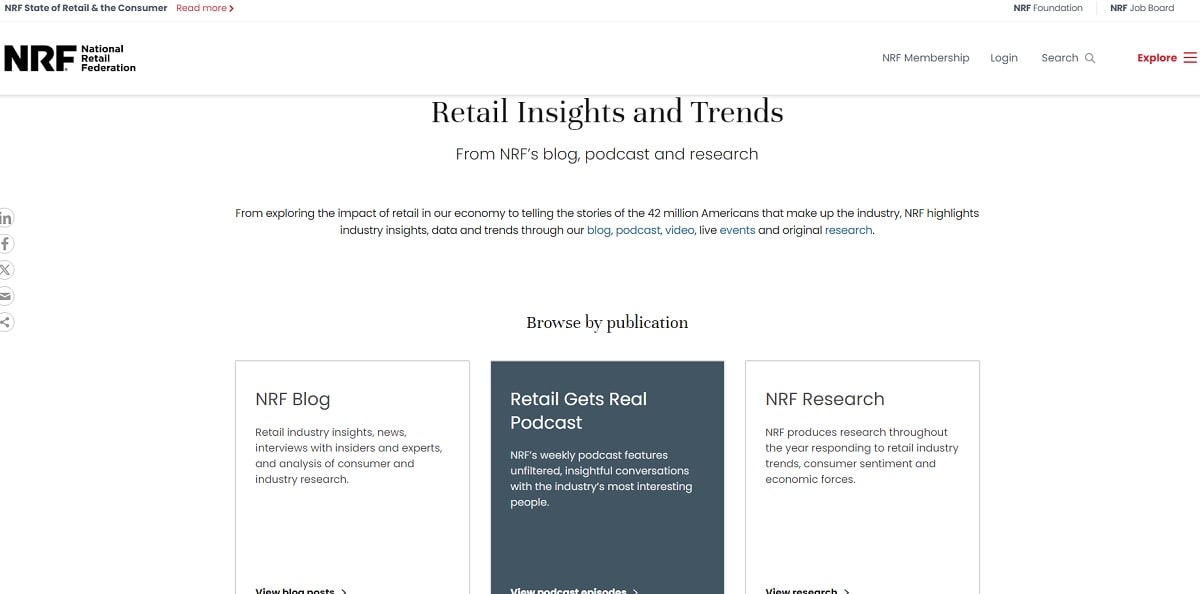
Within the realm of digital marketing, content marketing is your own tale among a plethora of stories. It is about telling stories that really speak to your audience and building relationships that go beyond just sales. In the very competitive retail industry, interesting and compelling content can make all the difference for your business.
Development of a Retail Digital Content Strategy
The first step in developing a powerful digital marketing content plan is to fully understand your audience and their preferences. Do they want information, amusement, or a combination of both? Applying this understanding, customize your writing to the tone of your brand and the interests of your readers. Consistency is key whether creating infographics, films, or blog posts. More than any other marketing tactic, the Content Marketing Institute emphasizes how consistently excellent and interesting content greatly influences audience decision-making.
Different Content Forms Use in Digital Retail
All content in retail digital marketing has a specific purpose. Videos work well to show off things in use, blog pieces can enlighten and educate, and infographics provide succinct, easily absorbed information. To maintain your audience interested and returning for more, you must include a variety of content formats.
In the digital and retail domains, content marketing is a method to develop trust and long-lasting connections with your audience, well beyond a simple sales technique. Crafting a story that educates, amuses, and encourages consumer loyalty and advocacy can be accomplished by creating a diverse content strategy and skillfully using various content kinds.
Mobile Marketing
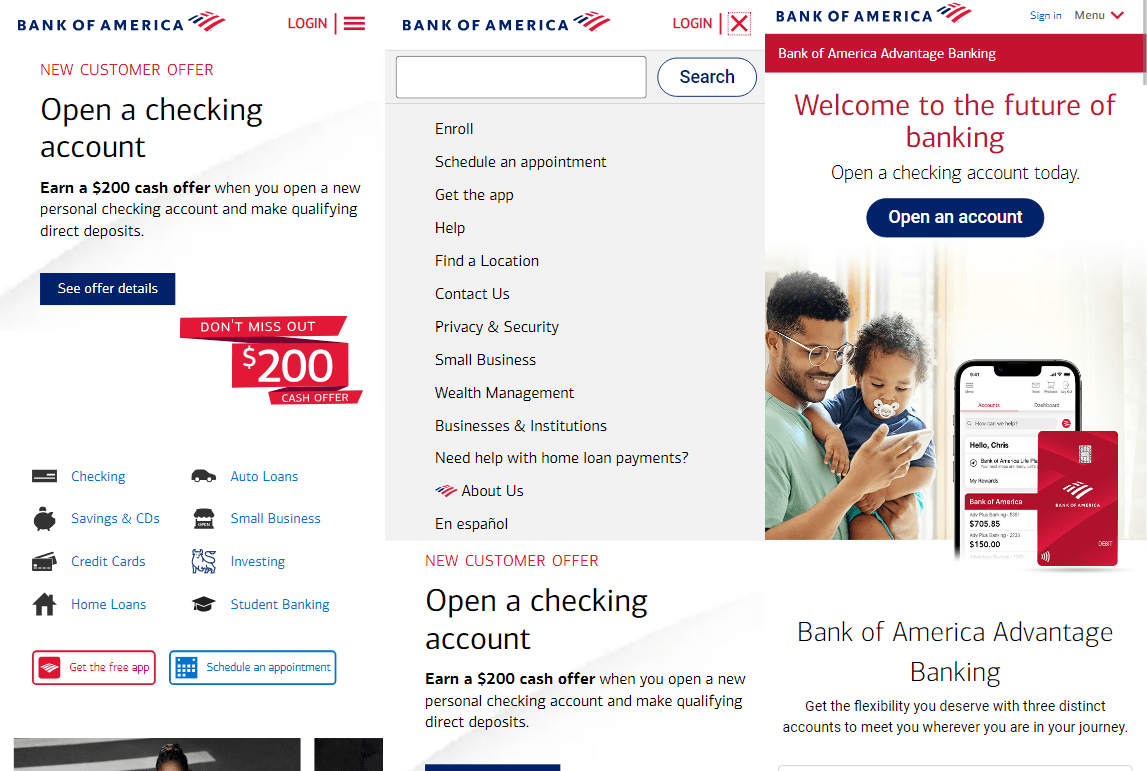
Mobile marketing is not a choice in this day when cellphones are practically extensions of ourselves; it is a need. Meet your customers where they are—on their phones. Understanding mobile marketing is essential to engaging with your audience wherever and whenever as retail changes.
Planning for Mobile Users
Ensuring the mobile friendliness of your website is your first step. That translates into quick loading times, responsive design, and simple navigation. You may evaluate how well your website performs on mobile devices by using Google’s Mobile-Friendly Test. A seamless mobile experience prevents possible visitors from leaving your website and visiting one of your competitors.
Novel Approaches to Mobile Marketing
For deals that expire quickly, think about SMS marketing or, if you have a mobile app, app-based marketing. Additionally effective is location-based marketing, which sends customized offers to clients in the area of your business. These strategies make buying more individualised.
‘Nice to have’ no longer, mobile marketing is a must for any digital plan. Your audience may be effectively engaged and your brand always at their fingertips by using creative strategies and mobile-friendly optimization.
Analytics and Data-Driven Decisions
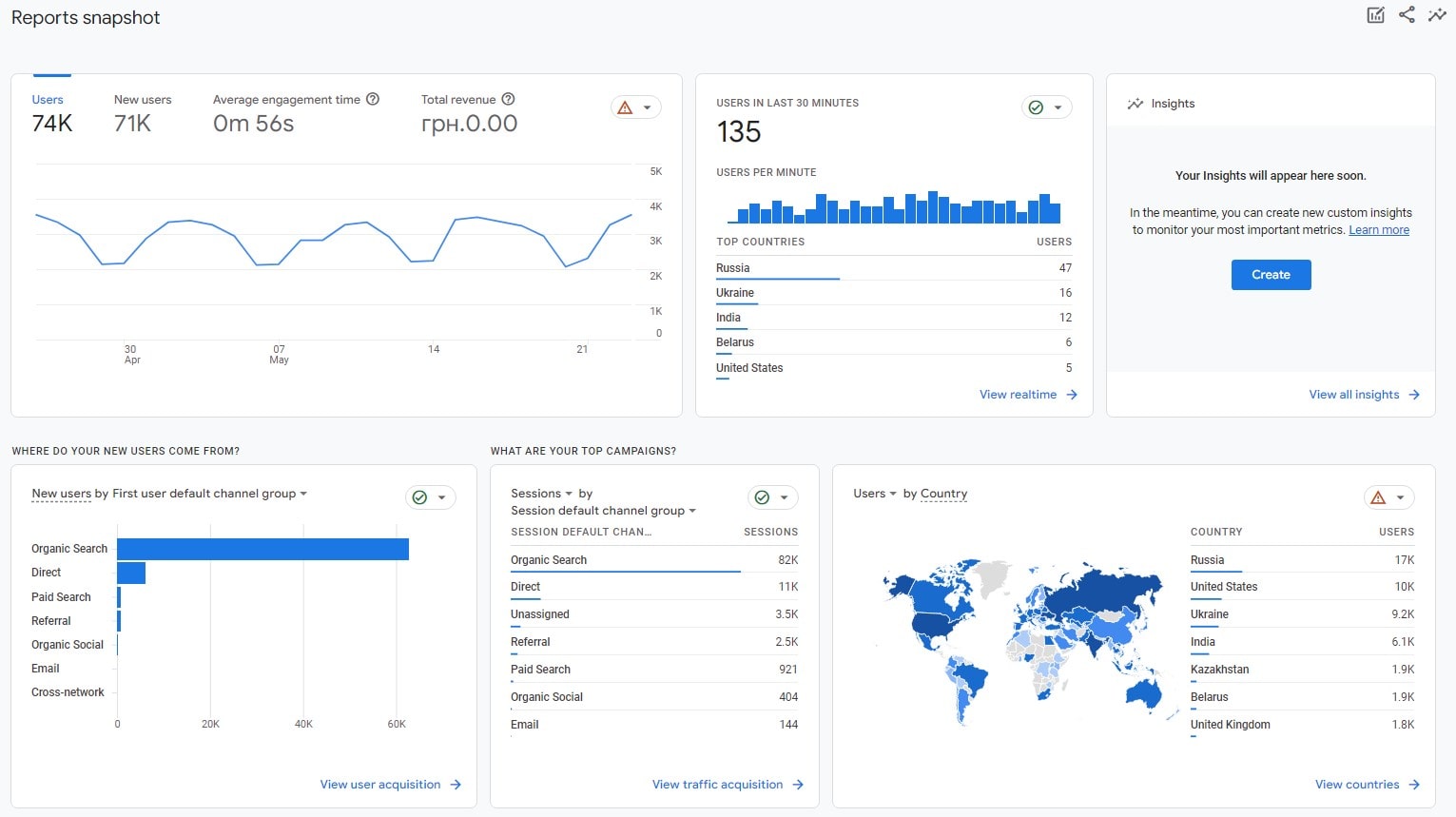
When one is not using data, the digital market is like sailing without a compass. Your marketing success is defined by analytics and decisions based on data. Knowing and applying this data will enable you to ensure that, as opposed to haphazard attempts, your marketing campaigns are focused, goal-oriented plans.
Becoming an Analytics Master
Analyzing data to understand consumer behavior and industry trends is just one facet of analytics; another is data collecting. Google analytics and other technologies help to clarify conversion rates, user activity, and website audience. It need knowledge of what works and what doesn’t to allocate resources effectively. Forbes contends that well-informed decisions that increase ROI and user experience are made possible by data-driven marketing.
Applications of Data in Strategy
When one understands analytics well, the next step is to apply this knowledge to enhance marketing strategies. This can be raising website user engagement, changing your advertising budget in reaction to performance data, or even redefining your target market in view of changing consumer demographics and behavior patterns. It has to do with making prudent changes that lead to improved results.
Effective digital marketing is based on analytics and decisions driven by data. They provide the knowledge needed to make wise decisions, ensuring that your marketing efforts are profitable, successful, and in line with the goals of your business.
Utilizing Influencer Marketing

Influencer marketing is your secret weapon in a society where social proof dominates. More crucial than depending just on celebrity endorsements is finding voices that really resonate with your audience. Making use of the relationships and confidence influencers have established with their followers, your brand may be able to reach a larger but more focused audience.
Choosing Complementary Influencers
Your choice of influencer matters a lot. Look for influencers whose audience is like your target market. Their material style and values should be in line with the corporate philosophy. Not just follower count but engagement rate is the important indicator. High engagement potential influencers in your industry can be located using resources like BuzzSumo.
Developing Joint Marketing Initiatives
Finding the right influencers is just the beginning of building genuine and real-looking ads. Collaboratively, produce material that highlights your items and appeals to the audiences of influencers. Whatever its format—review, instructional, or story—the content should promote your company and help their followers.
The core of influencer marketing is creating relationships between your company and influencers as well as with potential customers. In the crowded digital market, you can improve the voice of your business by means of coordinated campaign development and smart influencer selection.
Digital Marketing and Retail Engagement Strategies

Creating an online community for your retail store is like organizing a vibrant party where everyone shows up because they are interested in what you have to offer. This aspect of digital marketing extends beyond only disseminating information to include creating a dynamic environment where dialogues thrive and customer relationships deepen. Regular interaction with this community is crucial in digital retail to strengthen the relationship between your business and its followers.
Building Retail Digital Communities
Find out first which digital platforms—Facebook, Instagram, even niche forums and blogs—your target audience utilizes the most. As a component of your digital marketing strategy, create and distribute interesting content, such as interactive polls, provocative questions, and challenges that encourage user-generated material. Start conversations and participate completely in digital retail marketing since interaction is mutual. In managing these discussions across several platforms and ensuring that each one is documented, Hootsuite and other similar tools can be highly useful.
Improving Online Retail Interaction
Incorporate more user involvement into your retail digital marketing efforts, customize your answers, express gratitude to clients for their input, and swiftly fix any issues. Your digital strategy can feel more personal by hosting webinars, live events, or Q&A sessions. The basis of a healthy community is mutual respect and acknowledgement.
One requires an online community for retail digital marketing. It is the hub of devoted customers and an excellent source of original ideas and feedback. In addition to a customer, effective community development and engagement strategies in the digital sphere assist you to create a loyal following for your retail business.
Verdict
Recall as we get to the end of our tour through the fundamentals of retail shop digital marketing that every tactic fits into a bigger picture. Together, like in a mosaic, these components paint a striking image of your company’s success. But in the always changing digital world, knowledge is essential. Explore other Plerdy blog posts to delve even more into the depths of digital marketing knowledge. Recall that Plerdy’s tools are here to help you smoothly traverse these waters and to never stop learning and adapting. Prepared to overhaul your approach to digital marketing? Let Plerdy be your road map.
